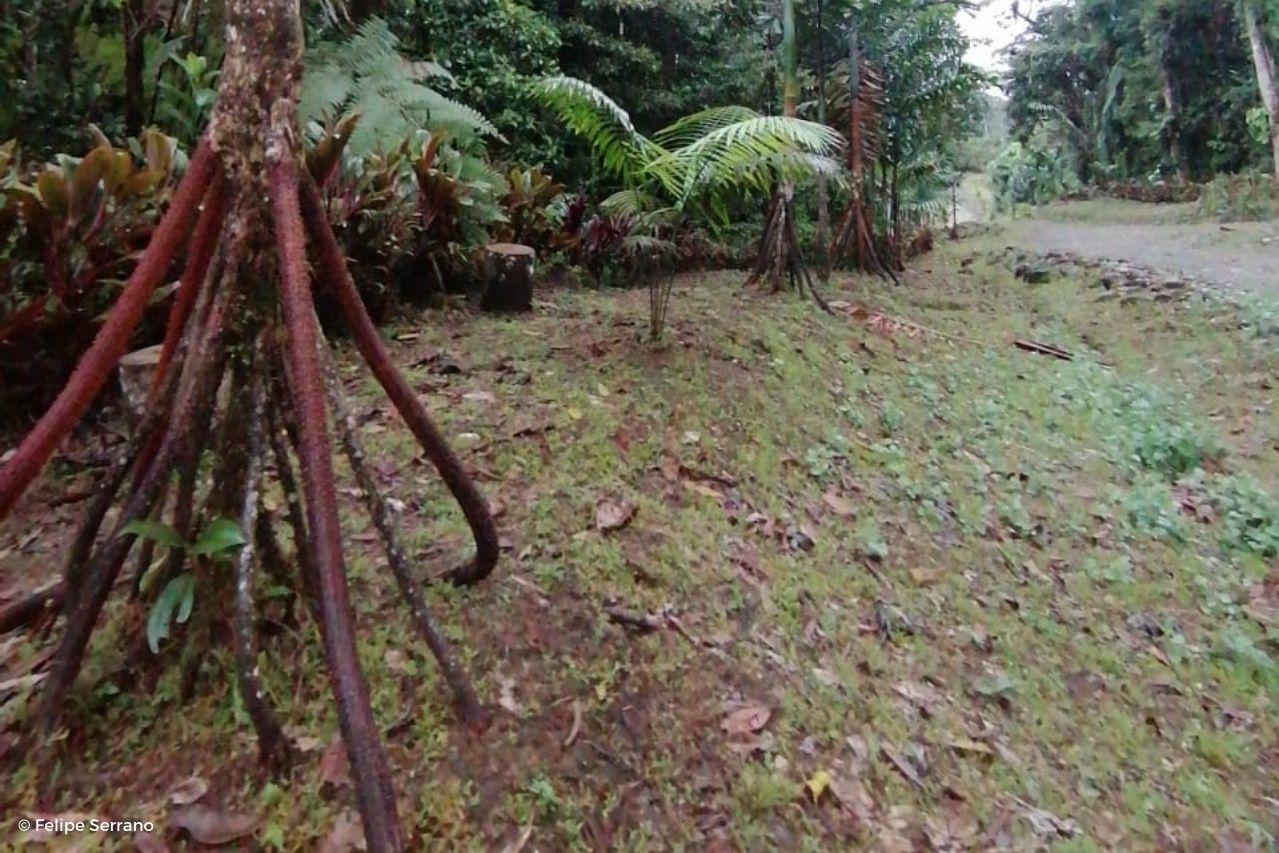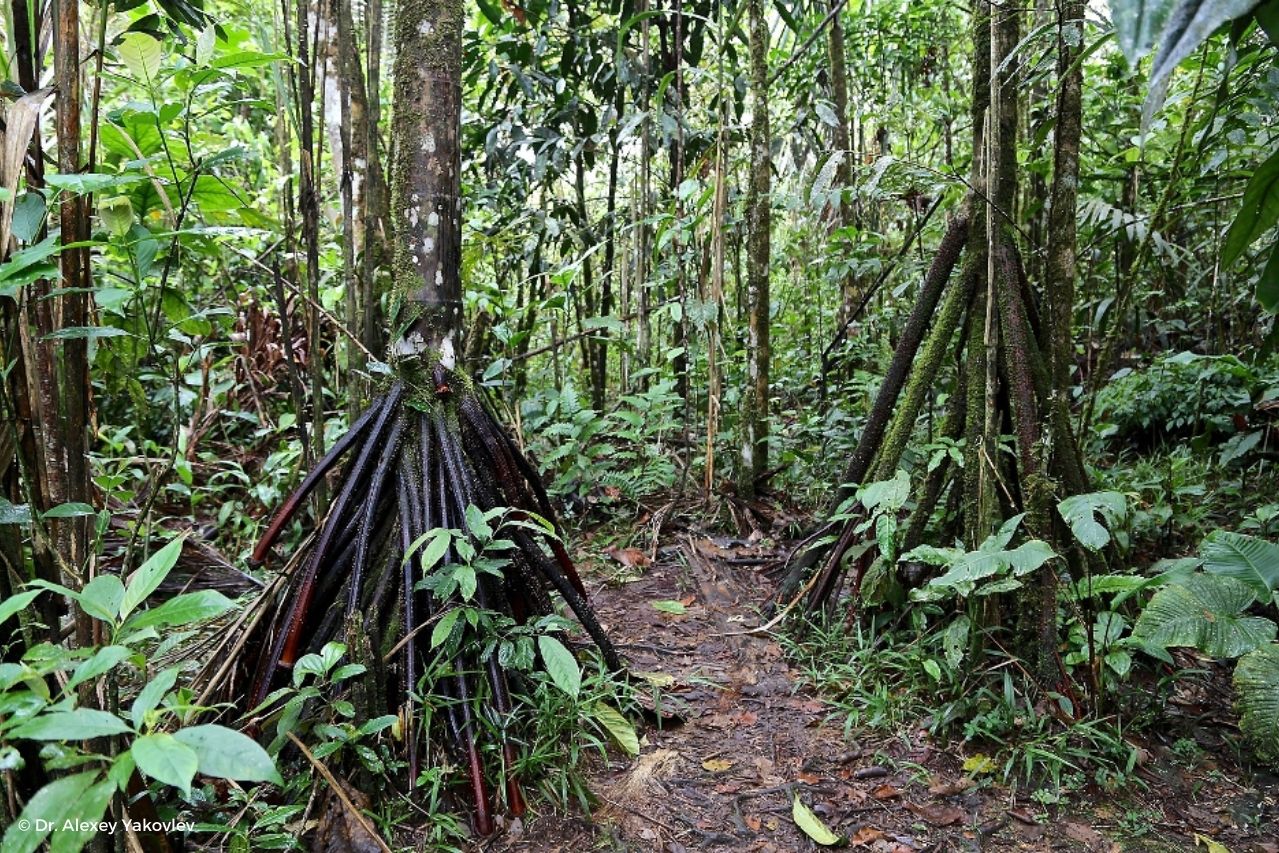The “Walking” Palm
09/28/2020
Strategic Area:
Species -
Content Type: Blog
Can trees walk?
To inspire awe of the planet’s extraordinary biodiversity, Nature and Culture is glad to share our monthly series: Strange Miracles of the Rainforest and Beyond.
Miracle #8: The “Walking” Palm
Can trees walk?
Some people claim this one does, in a sense.
Like the Ents from Tolkien’s Lord of the Rings saga (only a bit slower), a certain palm tree reportedly moves across the forest as the growth of new roots gradually relocates it.
The tree in question is Socratea exorrhiza, also nicknamed the “walking palm.”
Socratea exorrhiza is a palm native to rainforests in tropical Central and South America. The tree supposedly “walks” from shade to sunlight by growing roots in the direction it wants to travel, and then allowing the old roots to lift into the air and die. Some say the process takes a couple of years, while one paleobiologist suggests the tree moves two or three centimeters per day.

The story of the walking palm has been shared by rainforest guides for years. It was first suggested in science by John H. Bodley in 1980.
In a journal of The Association for Tropical Biology and Conservation, Dr. Bodley reported that the palm uses its roots to “walk away” from its germination point if another tree falls on the seedling and knocks it over. This way, the tree can move away from obstacles that are major hazards for immature palms.
More recently, Peter Vrsansky, a paleobiologist from the Earth Science Institute of the Slovak Academy of Sciences Bratisla, claims to have seen this phenomenon first-hand.
However, other scientists insist the walking palm is a myth. Biologist Gerardo Avalos published a detailed study on Socratea exorrhiza where he observed that the tree cannot walk because its roots don’t move.
The question seems to *stem* from the tree’s unique root system.
Unlike other trees that have roots fully hidden underground, the walking palm has a higher root system that grows outwards from the base of the tree, several feet off the ground. Over time, as soil erodes, some of these roots die off, and new roots form.
“Two Walking Palms”, by Dr. Alexey Yakovlev, licensed under CC BY 2.0.
Do these roots actually shift the tree’s location? Sadly, research like Avalos’ suggest the trees stay put.
Scientists continue to study the walking palm and its unique root system. Some believe that the roots allow the tree to be more stable in swampy areas. Others suggest that stilt roots allow the palm to grow taller to reach light without having to increase the diameter of the stem, thus investing in less biomass in underground roots than other palms.
Of course, none of these theories have been confirmed. The walking palm remains a strange “miracle” from nature!
You can protect the planet’s extraordinary biodiversity (including the walking palm!) here.
The variety of life on the planet is our greatest treasure. Yet one million of the estimated eight million plant and animal species on Earth are at risk of extinction. Nature and Culture hopes that by sharing these 12 Strange Miracles you’ll be filled with wonder and gratitude for each species that enriches the planet. Stay tuned for next month’s feature!



